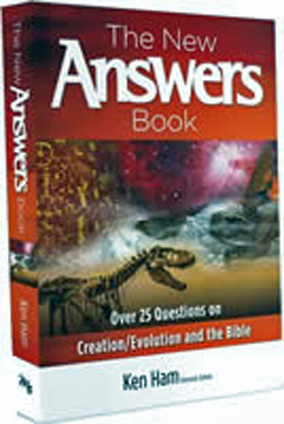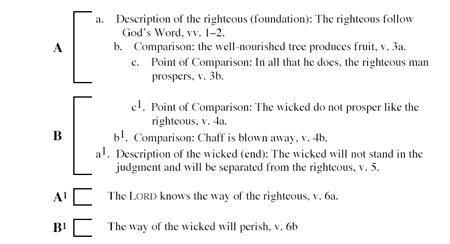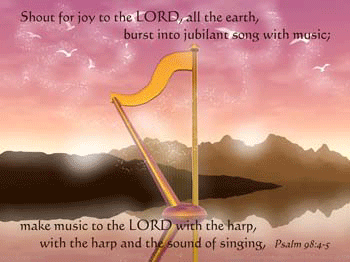This is the title of one of the twenty-seven chapters found in the New Answers Book: 25 Top Questions on Creation/Evolution and the Bible, edited by Ken Ham (Master Books, 2007). This chapter was posted on the Internet by Answers in Genesis on September 27. Ken Ham, the author of this excerpted eighth chapter, and thirteen other young earth creationists, such as Dr. David Menton, Dr. Tommy Mitchell, Dr. Jason Lisle, Dr. Terry Mortenson, author the various chapters in this book. This current work was preceded by two earlier editions: The Answers Book: Answers to the 12 Most-Asked Questions on Genesis and Creation/Evolution (1990) and The Revised & Expanded Answers Book: the 20 Most-Asked Questions About Creation, Evolution, and the Book of Genesis, Answered! (2000). The New Answers Book adds seven additional chapters to the previous edition. One of the helpful additions is Mike Riddle???s ninth chapter: ???Does Radiometric Dating Prove the Earth Is Old????For a list of each chapter along with a list of some of the authors, check out the website for Answers in Genesis. Since this book is not written on a technical level, it is a good resource for most Christians. It also provides enough footnotes to serve as cross-references to a few technical, current sources. I have often referenced the two earlier editions in the classes and seminars that I teach on Biblical Creationism. Having reviewed this new source, I will continue to promote this book in my classes and seminars. I highly recommend the New Answers Book, and also suggest that you download the free study guide that goes along with the book.







